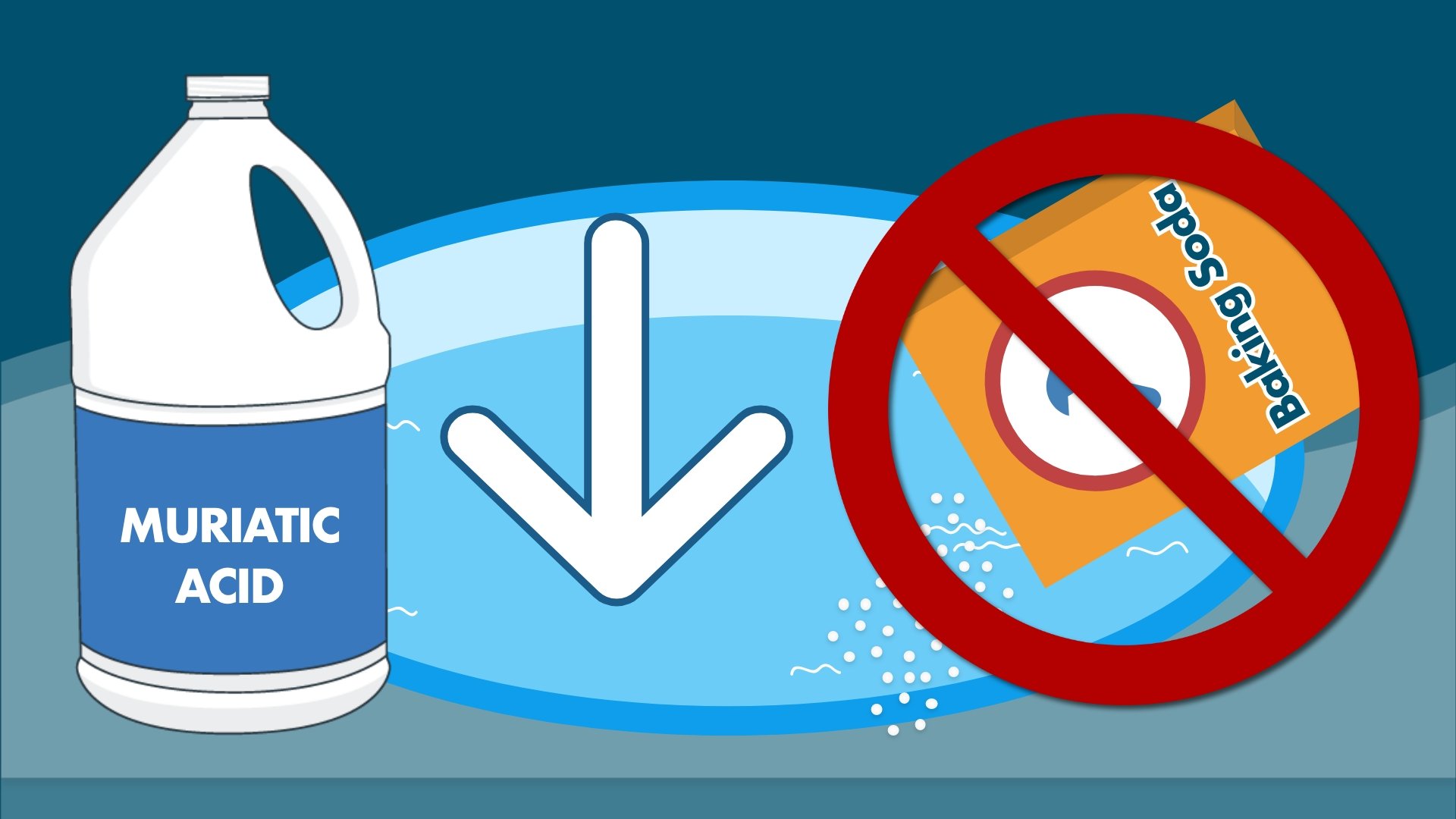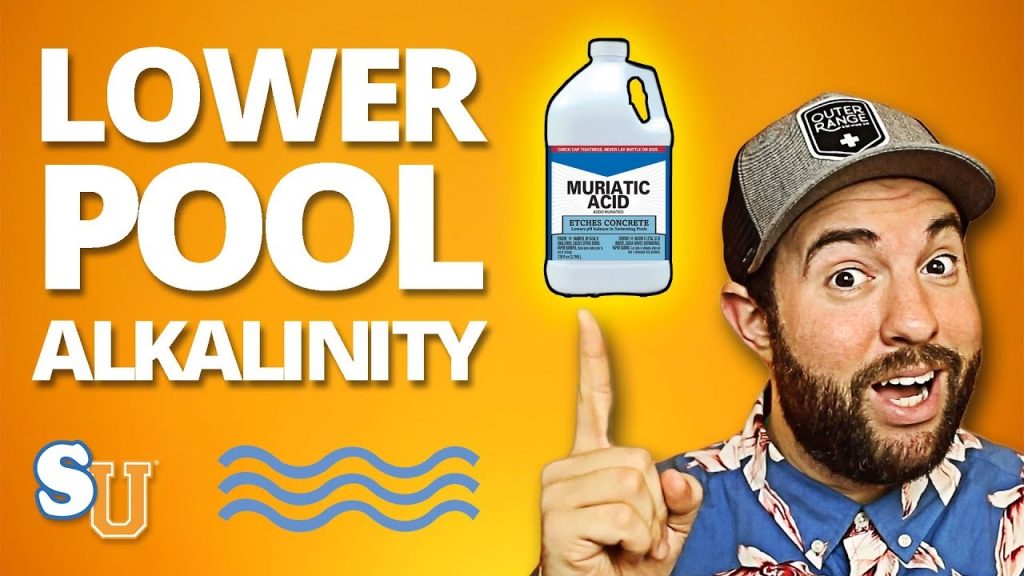Having the correct pH and alkalinity levels in your pool is essential for maintaining clear and safe water. If you notice that your pool’s pH and alkalinity levels are too high, there are several steps you can take to bring them back to the optimal range. In this article, we will discuss effective methods to lower pH and alkalinity in your pool.

Credit: www.amazon.com
Why Are pH and Alkalinity Important?
pH and alkalinity levels are crucial for maintaining the overall balance of your pool water. pH measures the acidity or basicity of the water, while alkalinity acts as a buffer to prevent rapid changes in pH levels. When pH and alkalinity are too high, it can lead to cloudy water, scale formation, and skin and eye irritation for swimmers.

Credit: www.swimuniversity.com
Testing pH and Alkalinity Levels
Before you can adjust the pH and alkalinity levels in your pool, you need to know the current levels. You can use a pool water testing kit to measure the pH and alkalinity levels accurately. The ideal pH level for a pool is between 7.2 and 7.6, while the recommended alkalinity range is 80-120 parts per million (ppm).
Ways to Lower pH and Alkalinity
There are several methods you can use to bring down the pH and alkalinity levels in your pool:
- Add Muriatic Acid: Muriatic acid is a common and effective way to lower both pH and alkalinity levels in your pool. Follow the manufacturer’s instructions carefully when adding muriatic acid to your pool water.
- Aerate the Water: Aeration can help lower both pH and alkalinity levels in your pool. You can use a fountain, waterfall, or air pump to increase oxygen levels in the water, which will naturally lower pH.
- Use pH Reducers: There are commercial pH decreasers available that can help lower the pH level in your pool. Be sure to follow the instructions on the product label for best results.
- Partial Water Replacement: If your pH and alkalinity levels are extremely high, you may need to partially drain and refill your pool with fresh water. This can help dilute the high levels of pH and alkalinity in your pool.
Preventing High pH and Alkalinity Levels
Once you have successfully lowered the pH and alkalinity levels in your pool, it’s important to take steps to prevent them from rising again:
- Regular Testing: Test your pool water regularly to monitor pH and alkalinity levels. This will allow you to catch any issues early on and take corrective action.
- Maintain Proper Water Balance: Keep your pool water balanced by regularly adjusting chemicals and ensuring proper filtration and circulation.
- Properly Store Chemicals: Store pool chemicals in a cool, dry place away from direct sunlight to prevent them from degrading and affecting your pool water balance.
- Keep Debris Out: Skim your pool regularly to remove leaves, bugs, and other debris that can affect water balance and lead to high pH and alkalinity levels.
Conclusion
Ensuring that your pool has the correct pH and alkalinity levels is essential for maintaining clean and safe water for swimmers. By following the steps outlined in this article, you can effectively lower pH and alkalinity levels in your pool and prevent them from rising in the future. Remember to test your pool water regularly and take proactive measures to keep your pool water balanced and enjoyable for all.





